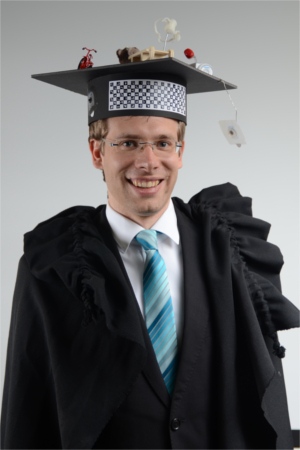Christoph Forman
Iterative Reconstruction Methods to Reduce Respiratory Motion Artifacts in Cartesian Coronary MRI
Abstract
Cardiovascular diseases and coronary artery disease (CAD) in particular are the leading cause of death in most developed countries worldwide. Although CAD progresses slowly over several years, it often remains unnoticed and may lead to myocardial infarction in a sudden event. For this reason, there is a strong clinical need for the development of non-invasive and radiation-free screening methods allowing for an early diagnosis of these diseases. In this context, magnetic resonance imaging (MRI) represents a promising imaging modality. However, the slow acquisition process and the consequent susceptibility to artifacts due to cardiac and respiratory motion are major challenges for coronary MRI and have so far hindered its routine application in clinical examinations. Commonly, respiratory motion is addressed during free-breathing acquisitions by gating the scan to a consistent respiratory phase in end-expiration with a navigator monitoring the patient’s diaphragm. Acceptance rates below 40% lead to a prolonged total acquisition time that is also not predictable in advance.
In this work, a novel variable-density spiral phyllotaxis pattern is introduced for free-breathing whole-heart coronary MRI. It provides an incoherent sub-sampling of the Cartesian phase-encoding plane and allows for highly accelerated data acquisition when combined with compressed sensing reconstruction. With this sampling pattern, sub-sampling rates up to 10.2 enable a significant reduction of the total acquisition time. Furthermore, this sampling pattern is well-prepared for respiratory self-navigation, which performs respiratory motion compensation solely relying on the acquired imaging data and promises full scan efficiency. In this context, a novel motion detection approach is proposed that provides a robust tracking of respiration. However, 1-D motion compensation based on respiratory self-navigation was found to be not always sufficient for Cartesian imaging. Hence, an alternative method is presented to reduce the effects of respiration following the concept of weighted iterative reconstruction. In this technique, inconsistencies introduced by respiratory motion during data acquisition are addressed by weighting the least squares optimization according to a data consistency measure that is obtained from respiratory self-navigation. This approach forms the basis for an extension to a motion-compensated reconstruction with a dense, non-rigid motion model. With the proposed method, motion-compensated reconstruction was enabled for the first time in 3-D whole-heart imaging without the need for either additional calibration data or manual user interaction.
The techniques presented in this thesis were fully integrated in a clinical MR scanner and tested in 14 volunteers. These results were compared to a navigator-gated reference acquisition. The acquisition time of the navigator-gated reference acquisition of 10.1 ± 2.3 min was reduced by one third to 6.3 ± 0.9 min with the proposed method utilizing respiratory self-navigation. After motion-compensated reconstruction, assessment of image quality revealed no significant differences com- pared to the images of the reference acquisition. Vessel sharpness was measured as 0.44 ± 0.05 mm−1 and 0.45 ± 0.05 mm−1 for RCA, and 0.39 ± 0.04 mm−1 and 0.40 ± 0.05 mm−1 for LAD, respectively.
